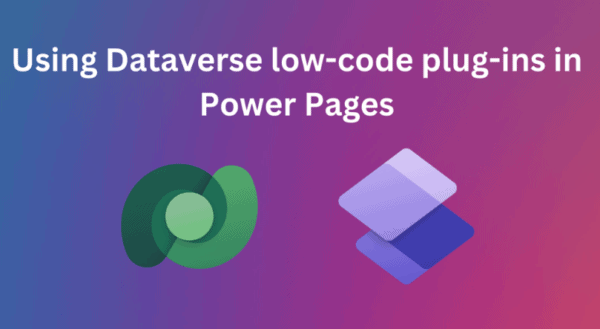We gave an overview of the advantages of using Applications Portals in a previous blog article. We explained how our applications use these portals to encourage users to engage with SharePoint. The portals give users a friendly, intuitive interface to interact with the Help Desk, the Support Desk, Purchasing, HR, or other business applications.
These portals are sometimes called “Operational Portals” or “Departmental Portals” to differentiate them from standard Intranets. Their focus is on important and necessary business processes, usually within a department or group. The goal is to make it easy for employees and customers to do such common tasks as requesting support, asking for a new laptop, approving a purchase request, updating personnel records, and more.
Intranets tend to be more oriented towards company-wide news, events, “social hubs”, and similar wide-ranging information. Application Portals are concerned with specific business activity. An Intranet can have links to launch an Application Portal, so there are ways to tie these two together and have them complement each other. Intranets are broad; Application Portals are focused. The two work well together.
Now, we would like to go into more detail about our Application Portals and list some prominent features.
Important Features of Our Application Portals
Different Forms for Different Requests
Portal supports different forms for different kinds of requests. An incident is different from a hardware request, which is different from a leave request, etc. In this way, the portal forms are geared to the type of request and only require the user to fill information pertinent to that request.
Secure Isolation from Backend SharePoint
Users are limited to seeing only their own data. Users are re-directed to the portal if they try to access the backend SharePoint site. This keeps the ticketing/request system secure and makes sure that people only see what they are allowed to see.
Aggregation of Data From Multiple Sites
Portal can see data from multiple back-end sites. This way, users can see all the relevant data in one place instead of having to visit multiple sites.
Many Features in the Forms
• Dynamic content (dynamic tab/column permissions)
• Cascaded Lookup columns
• Associated/Linked Items
• User Information filler
• Capture images from the mobile phones
Portal supports Forms-based Authentication — users who are not in Active Directory can access the portal, given the proper permissions and login. This is a common need in Customer Service, Partnership Projects, and Client Support.
Highly Configurable UI, Supports Corporate Branding
Portal supports different color themes Companies can create their own themes as well, to match corporate colors and style.
Responsive Design for Use on Any Device
Portal is built using responsive design. It shows up nicely on any device – PC, Mac, laptop, tablet, and smartphone, adapting to the screen size without diminishing capabilities.
Conclusion
A flexible, configurable Application Portal that can adapt to your users’ needs and fit in well with the look and feel of your organization goes a long way to encouraging user adoption and user satisfaction. That is why we provide them with our applications, with a wide range of configurability included.
Our development process is guided by the Three Pillars of Application Design that we promote. The first Pillar is “UI/UX to drive user adoption and engagement”. The Application Portals serve this need, working to engage users and fostering application success – which means the business runs more smoothly and the work gets done on time with less effort!
Reference:
Crow Canyon. (2017). Application Portals: An In-depth Look – Crow Canyon. [online] Available at: https://www.crowcanyon.com/uncategorized/application-portals-depth-look/ [Accessed 13 Oct. 2017].










